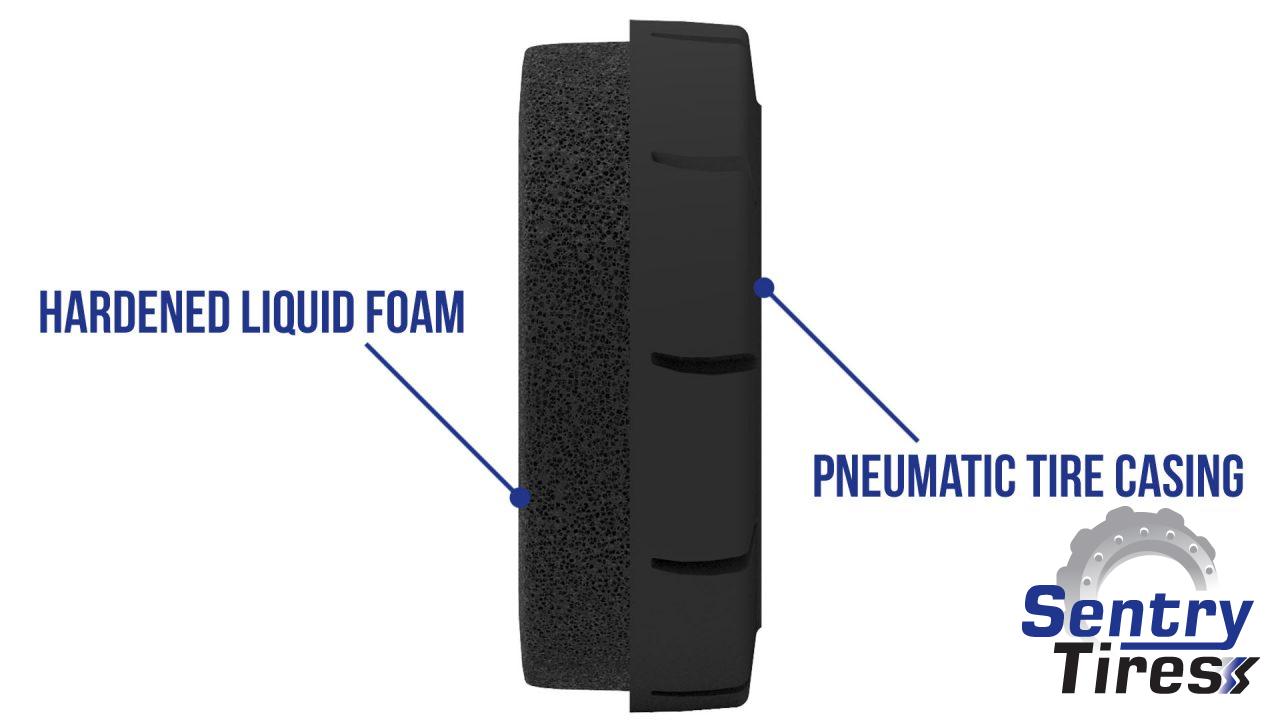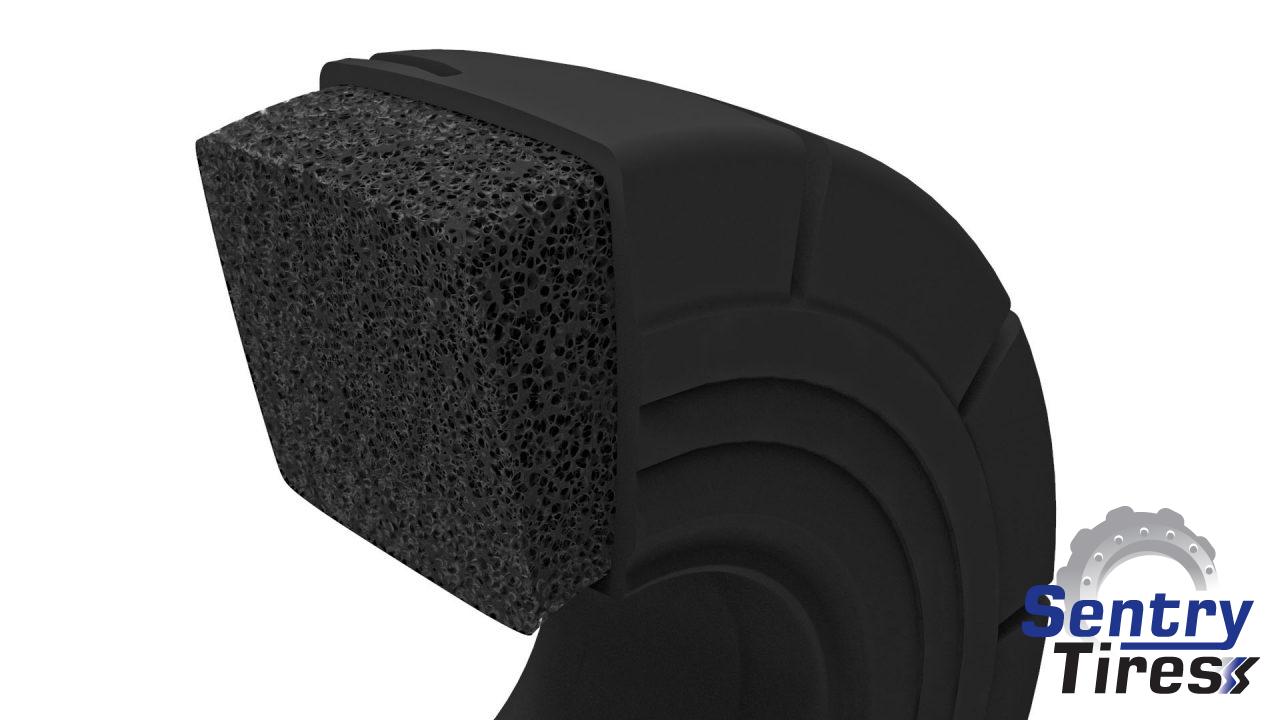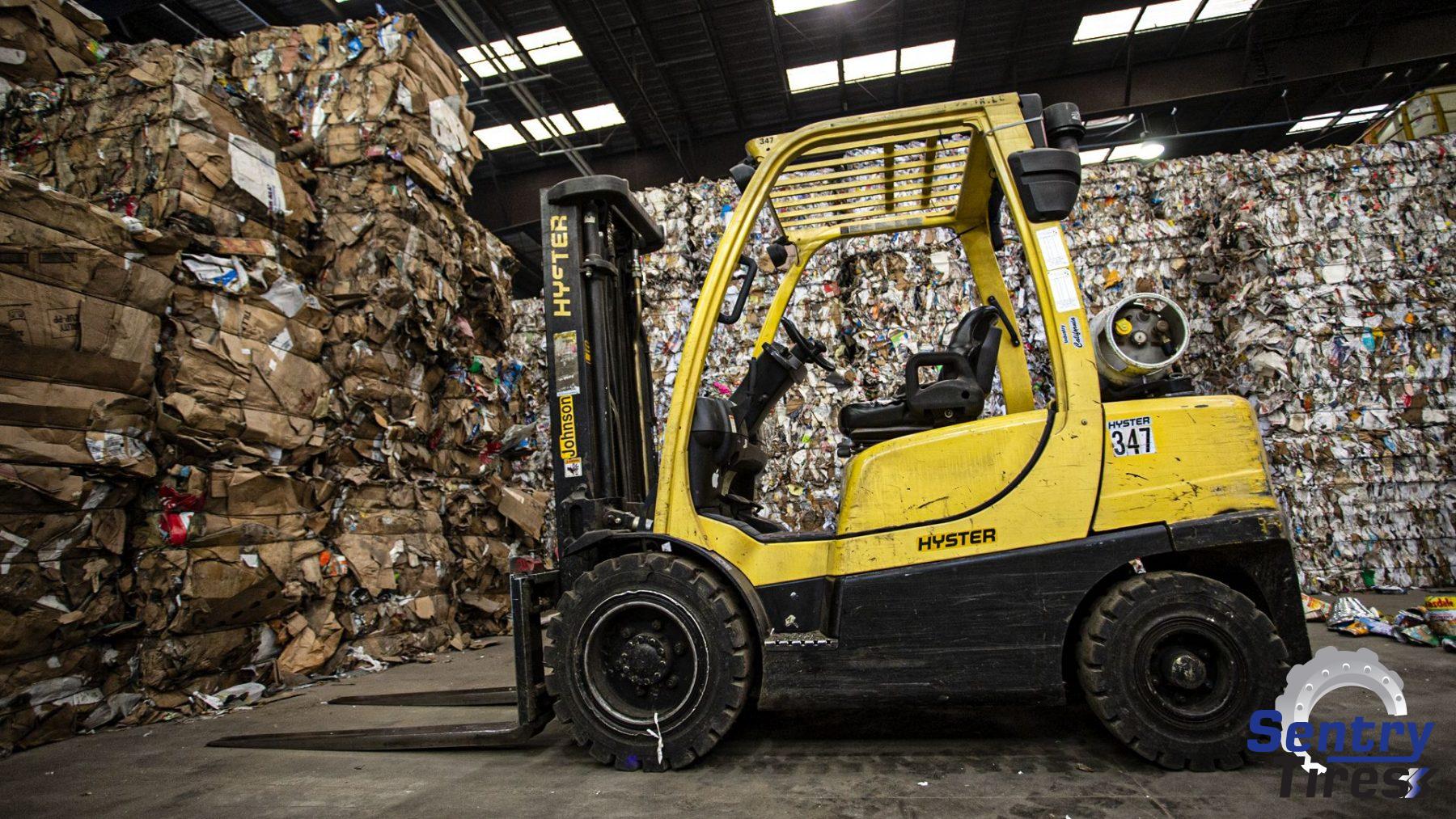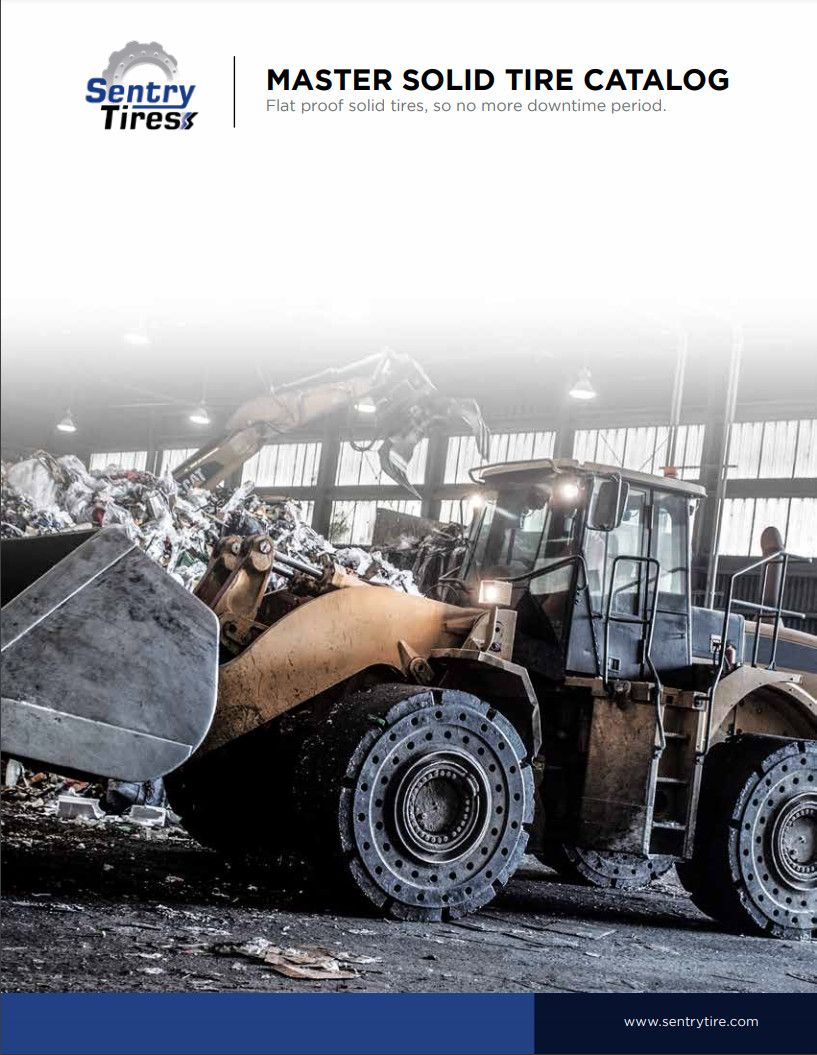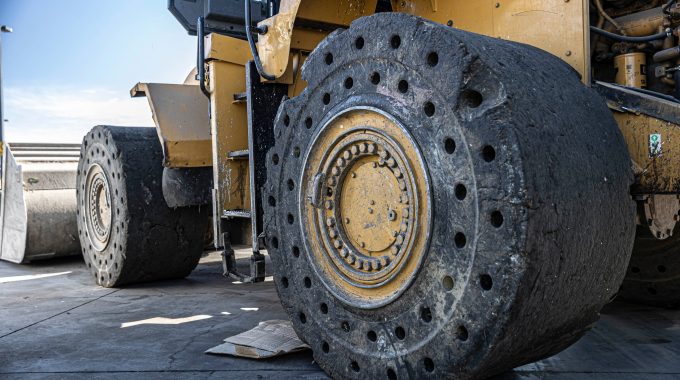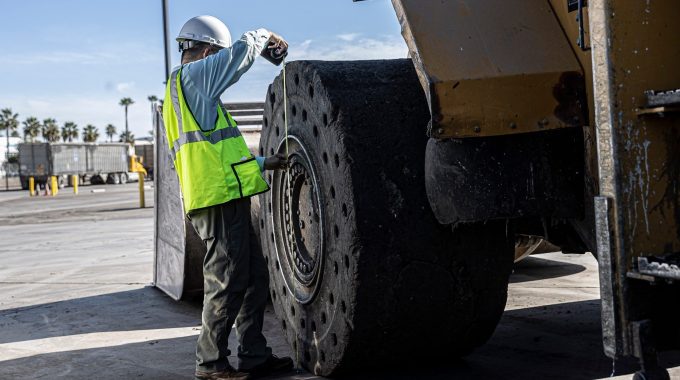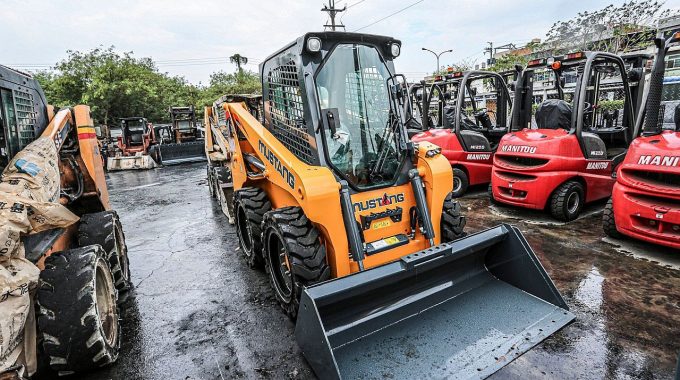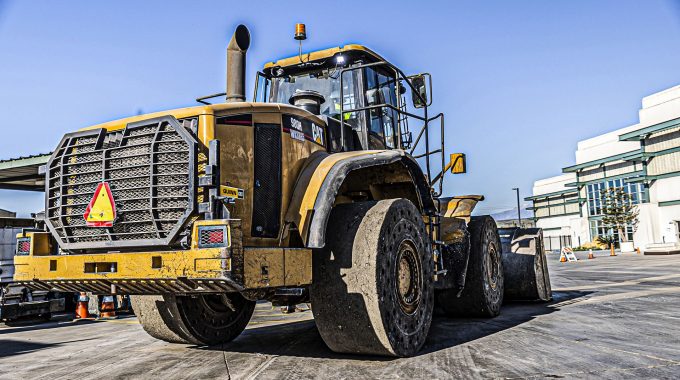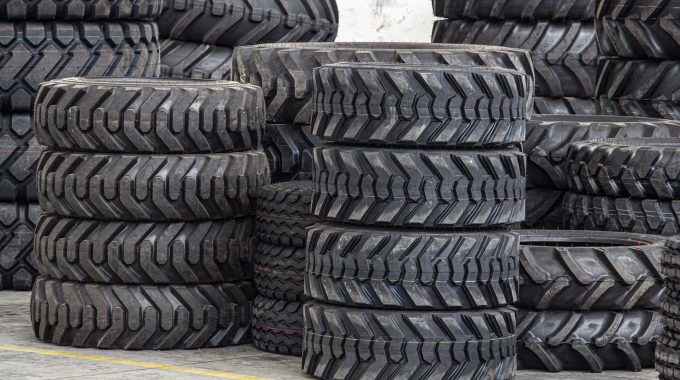
sentry tire
Foam-Filled Tires vs. Solid Tires
April 11, 2021
When on the job, one of your biggest concerns is avoiding flat tires on your machine. You want tire solutions that can’t go flat even when faced with threatening debris. Therefore, you have two main tire options: (1) foam-filled tires and (2) solid pneumatic tires. While both will prevent flats, there are notable differences between them.
Foam-filled tires are OTR pneumatic tires (Bias Air Tires) filled with a type of liquid that hardens inside the air tires and converts the air tires to solid tires. This technology has existed since before the invention of solid tires. For a while, it was the primary way to get a “puncture-proof” tire.
The primary benefits of a foam-filled tire are:
- The ride can be softer compared to solid tires
- You can use tires that come from the factory and convert them to foam-filled tires.
- The total cost can be cheaper compared to solid tires when rubber prices are high.
Some of the major disadvantages of a foam-filled tire are:
- Foam-filled tire components are all made from different manufacturers (air tire, liquid foam, components assembly). Thus, there is an increased chance that the components will not be optimal. For example, if a tire does not have the right ply rating or sidewall construction, the air tire can crack, and foam will fall out of the tire.
- Foam-filled tires do not offer adequate sidewall protection compared to solid tires. The cost of a reinforced sidewall air tire filled with foam will cost more than a solid tire.
Solid tires are considered a newer technology when compared to foam-filled tires.
Some of the major advantages of a solid tire are:
- They are designed from the ground up as a whole unit: no moving parts or added components.
- They work with existing OEM wheels.
- The rubber compound can be customized based on application.
- They have superior sidewall protection.
- There is a lower cost-per-hour compared to foam-filled tires.
- Higher return on investment due to increase in machine productivity and reduction in downtime.
View our Solid Tire Catalog
Related Sentry News

